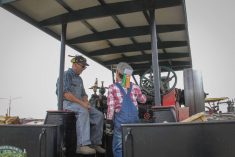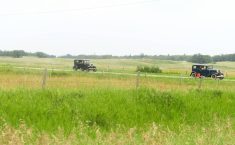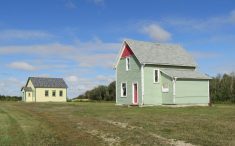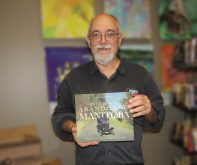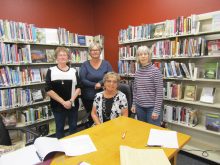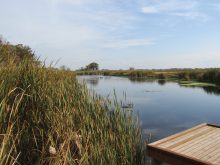Those interested in getting a peak into Manitoba’s past may find Fort Dauphin Museum worth a visit.
The facility, which covers settlers in Manitoba’s Parkland and the Métis community, fur traders and the region’s earlier Aboriginal history spanning 8,000 years, is on the west side of Dauphin, not far from the Vermillion River.
Why it matters: A full spectrum of history is on display at the Fort Dauphin Museum.
Read Also

Journal pulls long-cited glyphosate study for ethics violations
The journal Regulatory Toxicology and Pharmacology has retracted a 2000 Monsanto-linked glyphosate review, drawing new scrutiny as Bayer faces mounting legal pressure.
The museum was established in 1975 and officially opened to the public the following year.
The original Fort Dauphin, however, was built around 1741 and was named by a French explorer commonly known as ‘La Vérendrye.’ It was built as a fur-trading post and was used at various times by both the North West Company and the Hudson’s Bay Company.

The actual site of the post became a topic of dispute. In 1943, an official historic cairn was designated in Winnipegosis, about 60 kilometres north of Dauphin. The cairn’s plaque reads, “In the fall of 1741 … Pierre de la Vérendrye built in this vicinity fort (sic) Dauphin.”
In 1978, archaeologists put the site at the mouth of the Valley River, where it empties into Lake Dauphin, northeast of the City of Dauphin.
Today’s ‘fort’ is a replica of an 18th century trading post, sitting within city limits surrounded by a wooden palisade. Inside are pioneer-style buildings from a slightly later time frame.
Visitors usually begin at the museum headquarters, where pictures and displays outline the region’s history and display artifacts from both the fur-trading era and pioneer times. Those include pieces of beaded Aboriginal artwork, moccasins and items for daily use, such as baskets or a cradle board used by women to carry a baby on their backs.
One corner, oriented around travel methods during the days of the fur trade, includes a full-sized birch bark canoe. Snowshoes, paddles, a heavy buffalo coat and various fur pelts line the walls. Several stuffed animals — a fox, wolf, porcupine and beaver — highlight animals valued by traders.

Exploring the old fort is an adventure into the past. The trading post is reminiscent of what such a building would have been like in its heyday, while the blacksmith shop is filled with a variety of old tools. The trapper’s cabin is furnished with the bare necessities, as it would have been in the past.
The Hughes House, built in 1894 using squared logs, was originally located 6.5 kilometres west of Dauphin before being moved to the museum site. It contains furniture and artifacts from the early 20th century, such as an old ice box, cream separator and laundry devices.
In the southwest corner of the fort is All Saints Anglican Church, originally built in 1907 at Fork River (a little over 40 km to the north). The church closed in 1963 due to the community’s declining population, but was rededicated after moving to the museum in 1986. It can now be used for occasional services such as weddings and baptisms.
Sandringham School is a typical one-room schoolhouse. It was built in 1894 about 11 km west of Dauphin and today is set up as it would have been early in its operation. A display of bicycles near the entrance catches the eye. The oldest was bought in 1899.
One item of particular note is a dugout canoe sourced from the Whitewater Lake Prison Camp in Riding Mountain National Park. This camp was used to keep German prisoners during the Second World War. The canoe was carved from a tree trunk by the prisoners and used for their recreation.

Museum visitors who want to see it may need to ask for directions, as it is inside one of the site’s sheds.
The Parkland Archaeological Laboratory adds another layer of interest. It houses more than 80,000 prehistoric artifacts such as stone tools, fossils, pottery fragments and bone tools covering a wide historical period.
Although small, there are enough buildings and artifacts at the Fort Dauphin Museum to occupy visitors for several hours. The entrance fee is set to attract families: $4 for adults, $3 for youth and free for children 12 and under.
The facility is open to the public during the summer. Starting May 23, the museum will be open Monday to Friday, with select Saturday openings in July and August. Call 204-638-6630 for exact hours, or check the Facebook page. Special events are also held during the summer and are posted at fortdauphinmuseum.ca.



